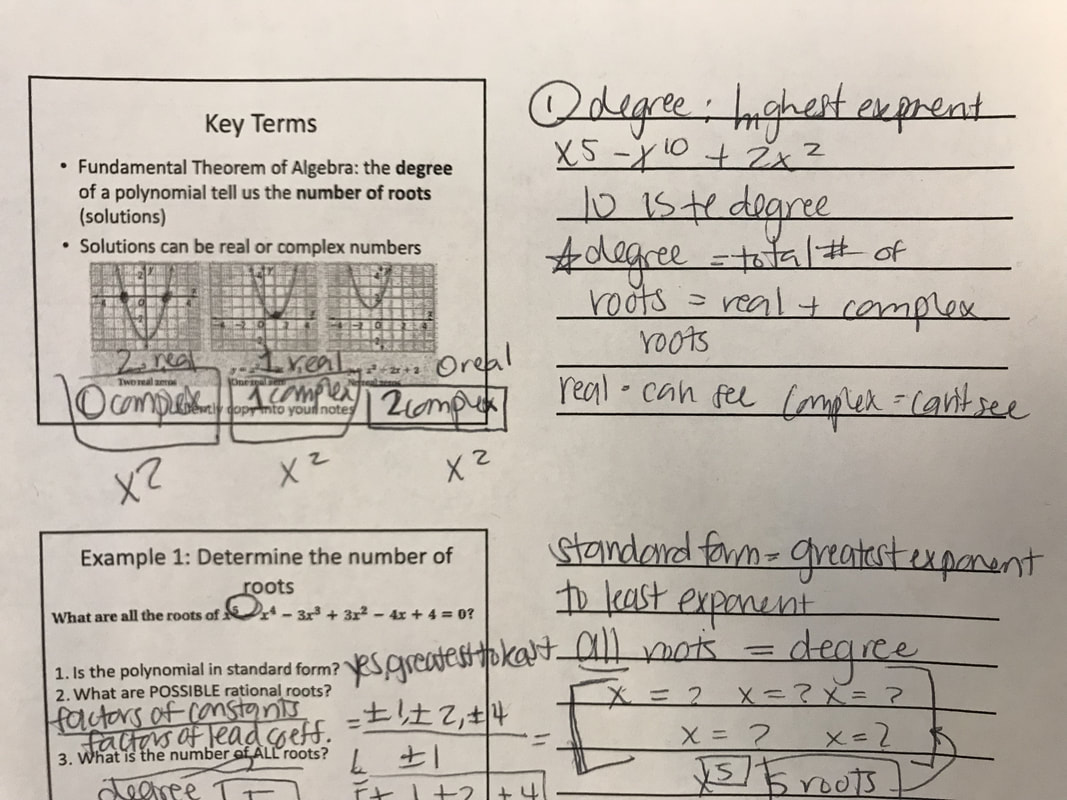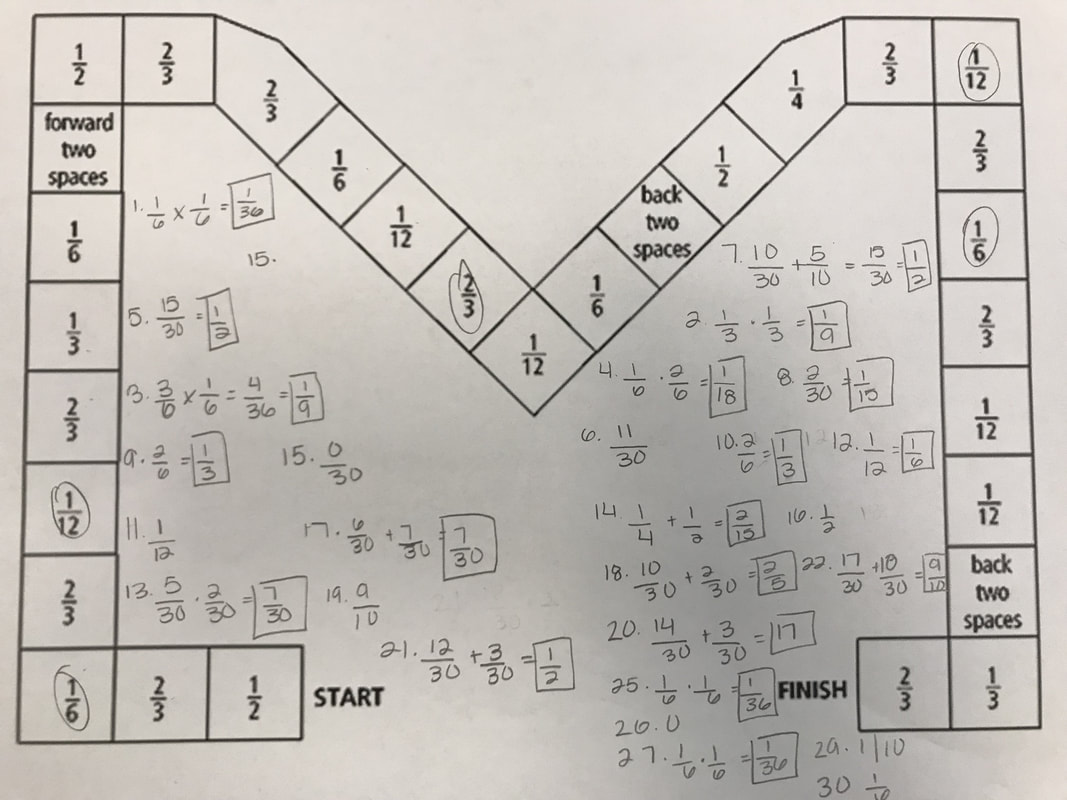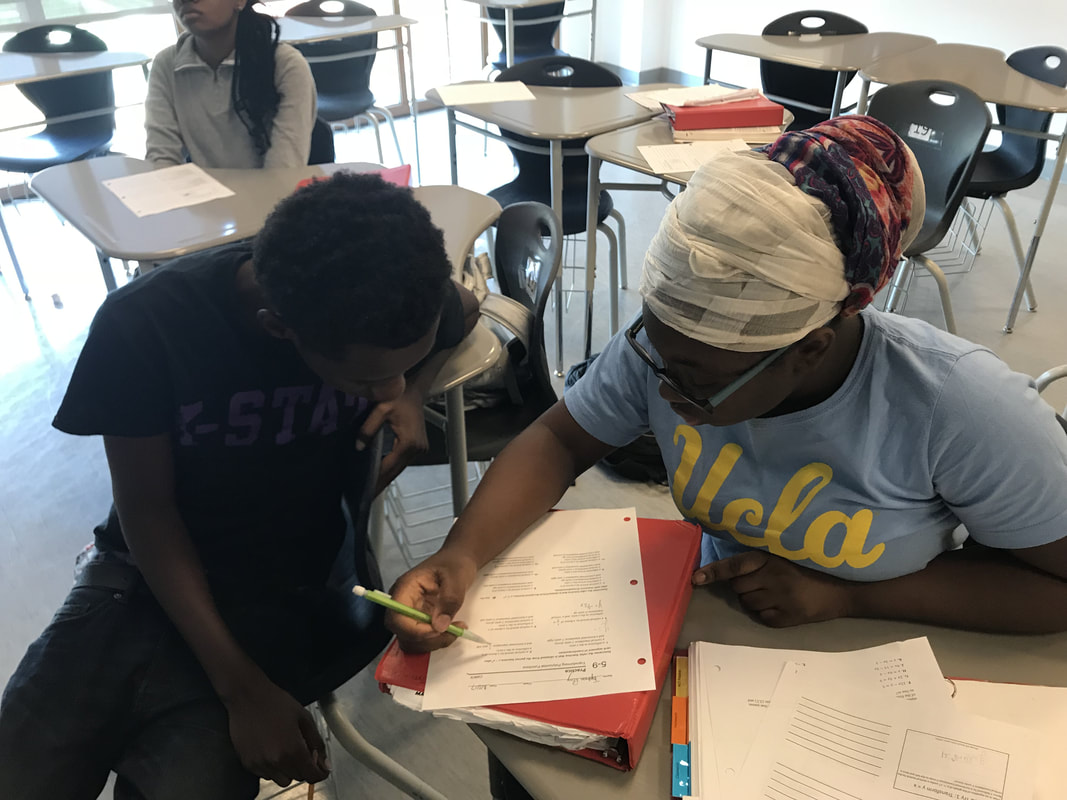Instructional Strategies
InTASC Standard 8: The teacher understands and uses a variety of instructional strategies to encourage learners to develop deep understanding of content areas and their connections, and to build skills to apply knowledge in meaningful ways.
INTRODUCTION
I strive to make my instruction both meaningful and applicable to all students. Understanding that each student’s needs may be unique, I employ a variety of instructional strategies. In my instruction, I consistently focus on note-taking strategies, active and rigorous learning models, and student-led learning. My instructional strategies are consulted from colleagues, curriculum and pedagogy resources that show clear evidence of higher order thinking. In addition, I modify and differentiate instructional strategies, so that instruction is effective for diverse learners. In my commitment to culturally responsive teaching, I regularly research and revise my instructional strategies in hopes that my students will gain deeper understanding.
I frame my various instructional strategies with a consistent classroom schedule and lesson materials. My classroom follows a timed, daily schedule of a do now, homework check, notes, independent practice, partner practice, ACT drill, and exit ticket. All lesson materials are made using the same template, so that students can easily organize their work. In any part of the lesson, my students are very familiar with what they can expect from me, and what I expect from them. Therefore, I can engage students in higher order thinking, because I have set clear academic and behavioral expectations.
In each lesson, students are encouraged to read, write, test, analyze, discuss, question, critique, apply, and present their learning. During instruction, students practice note-taking strategies through guided notes, a gradual release model, and integrated technology. During independent and partner practice, students engage in various learning models such as activity-based learning, discovery-based learning, and interdisciplinary learning. Throughout the class period, I aim to have a student-led classroom. Therefore, peer learning and student surveys are embedded in the class schedule.
Please click on an image below to view how various instructional strategies are used in my classroom.
I strive to make my instruction both meaningful and applicable to all students. Understanding that each student’s needs may be unique, I employ a variety of instructional strategies. In my instruction, I consistently focus on note-taking strategies, active and rigorous learning models, and student-led learning. My instructional strategies are consulted from colleagues, curriculum and pedagogy resources that show clear evidence of higher order thinking. In addition, I modify and differentiate instructional strategies, so that instruction is effective for diverse learners. In my commitment to culturally responsive teaching, I regularly research and revise my instructional strategies in hopes that my students will gain deeper understanding.
I frame my various instructional strategies with a consistent classroom schedule and lesson materials. My classroom follows a timed, daily schedule of a do now, homework check, notes, independent practice, partner practice, ACT drill, and exit ticket. All lesson materials are made using the same template, so that students can easily organize their work. In any part of the lesson, my students are very familiar with what they can expect from me, and what I expect from them. Therefore, I can engage students in higher order thinking, because I have set clear academic and behavioral expectations.
In each lesson, students are encouraged to read, write, test, analyze, discuss, question, critique, apply, and present their learning. During instruction, students practice note-taking strategies through guided notes, a gradual release model, and integrated technology. During independent and partner practice, students engage in various learning models such as activity-based learning, discovery-based learning, and interdisciplinary learning. Throughout the class period, I aim to have a student-led classroom. Therefore, peer learning and student surveys are embedded in the class schedule.
Please click on an image below to view how various instructional strategies are used in my classroom.
CONCLUSION
My instructional strategies are aimed at increasing student content knowledge, interdisciplinary connections, and real-world applications. Class notes stem from a variety of resources and technology, and are formatted in presentations that imitate college lectures. Students actively learn through higher order thinking learning models that hone problem solving, communication, observation, and synthesis skills. The learning models provide students with choices, as my students are developmentally diverse. Students lead the learning in my classroom by providing feedback and regularly teaching, critiquing, and encouraging their peers. In turn, I vary my role as an instructor, facilitator, audience, and coach. I will continue to monitor, adapt, and improve my instructional strategies, in order to help my students grow a deep understanding of Algebra II and practice college skills.
My instructional strategies are aimed at increasing student content knowledge, interdisciplinary connections, and real-world applications. Class notes stem from a variety of resources and technology, and are formatted in presentations that imitate college lectures. Students actively learn through higher order thinking learning models that hone problem solving, communication, observation, and synthesis skills. The learning models provide students with choices, as my students are developmentally diverse. Students lead the learning in my classroom by providing feedback and regularly teaching, critiquing, and encouraging their peers. In turn, I vary my role as an instructor, facilitator, audience, and coach. I will continue to monitor, adapt, and improve my instructional strategies, in order to help my students grow a deep understanding of Algebra II and practice college skills.



